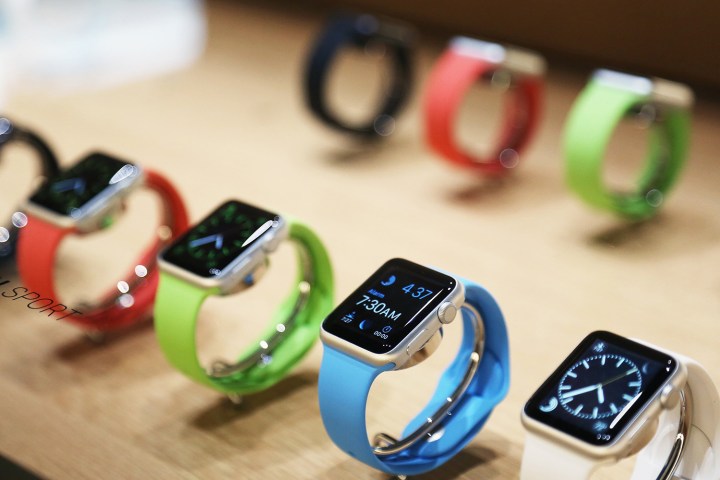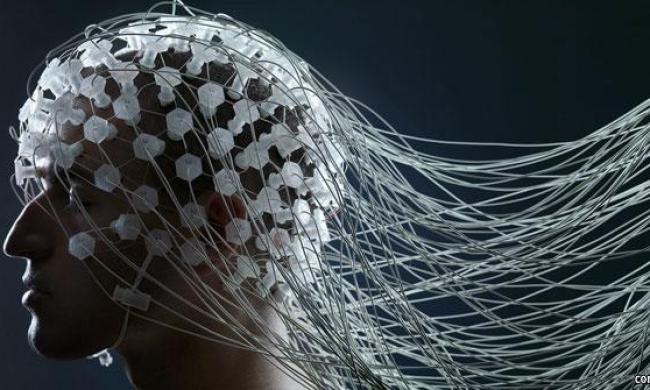
“The wearables market is entering a new phase,” Ramon T. Llamas, research manager for IDC’s wearables team, said in a statement. “Since the market’s inception, it’s been a matter of getting product out there to generate awareness and interest.”
Thanks to the industry’s efforts thus far, IDC expects shipments to double before surging to 240.1 million in 2021. But it says the success of nex-gen wearables is at least in part predicated on artificial intelligence, always-on connectivity, real-time audio filtering, language translation, and other marketable innovations.
“Now it’s about getting the experience right – from the way the hardware looks and feels to how software collects, analyzes, and presents insightful data,” Llamas said. “Expect digital assistants, cellular connectivity, and connections to larger systems, both at home and at work. At the same time, expect to see a proliferation in the diversity of devices brought to market, and a decline in prices that will make these more affordable to a larger crowd.”
In the short term, IDC predicts that basic watches — i.e., devices that don’t run third-party applications — will continue to out-ship smartwatches as watch makers shift resources to building hybrid watches. But it says that will change as LTE-enabled watches like Verizon’s Wear24 become more prevalent.
In addition, it projects that specific categories of wearables will perform more strongly than others. Wristbands could see slowing growth as a result of “softness” that began in 2016, IDC says, but might be propped up by low-cost devices with “good enough” features for the mass market. It predicts that the earwear, which includes wireless earbuds like Bragi’s Dash and Samsung’s Gear Icon X, will grow, as will smart clothing products like Google and Levi’s touch-enabled Project Jacquared jacket.
“It’s not just the end users who will benefit from these advanced devices,” Jitesh Ubrani, senior research analyst for IDC Mobile Device Trackers, said in a statement. “Opportunities also exist for developers and channel partners to provide the apps, services, and distribution that will support the growing abundance of wearables. From a deployment perspective, the commercial segment also stands to benefit as wearables enable productivity, lower costs, and increase return on investment in the long term.



